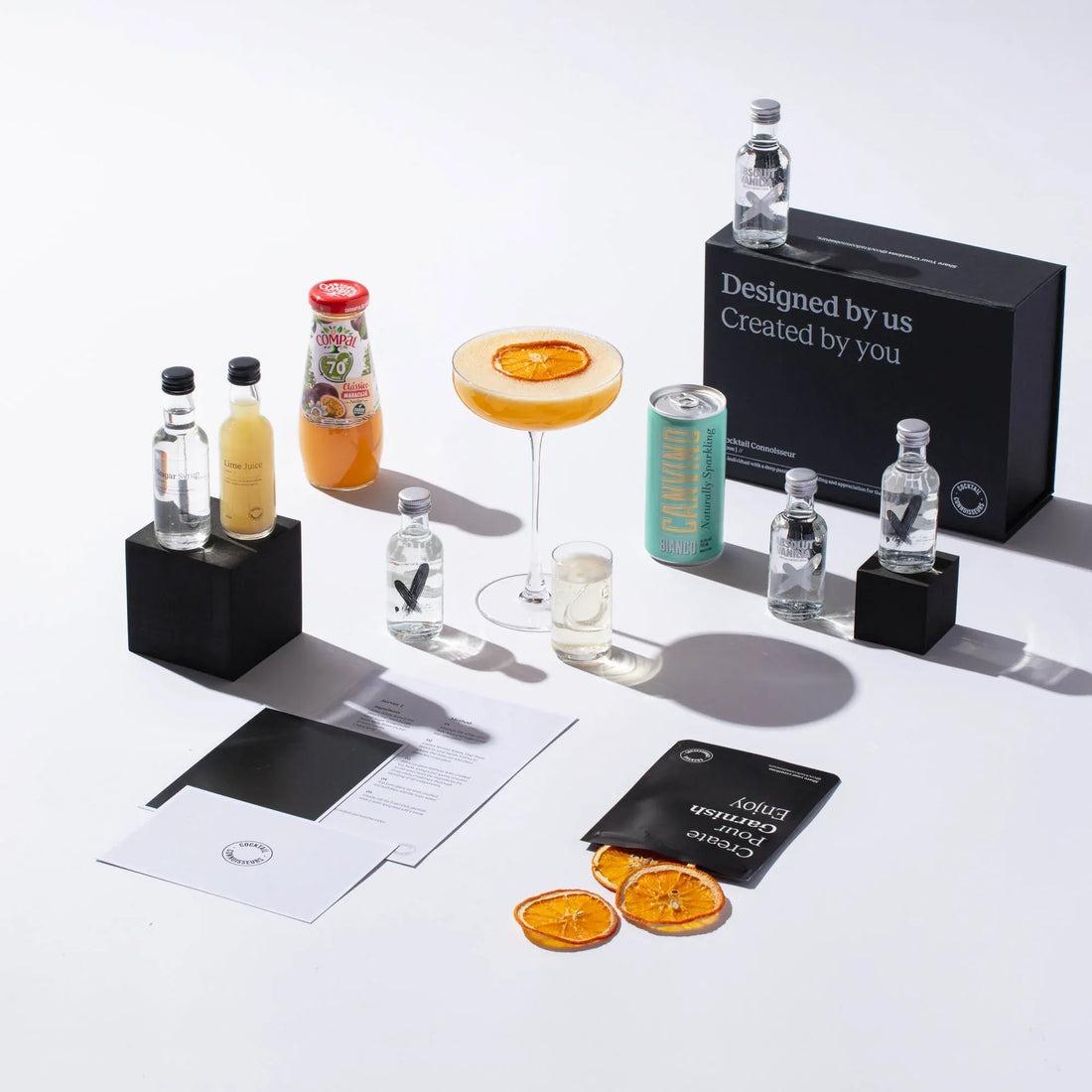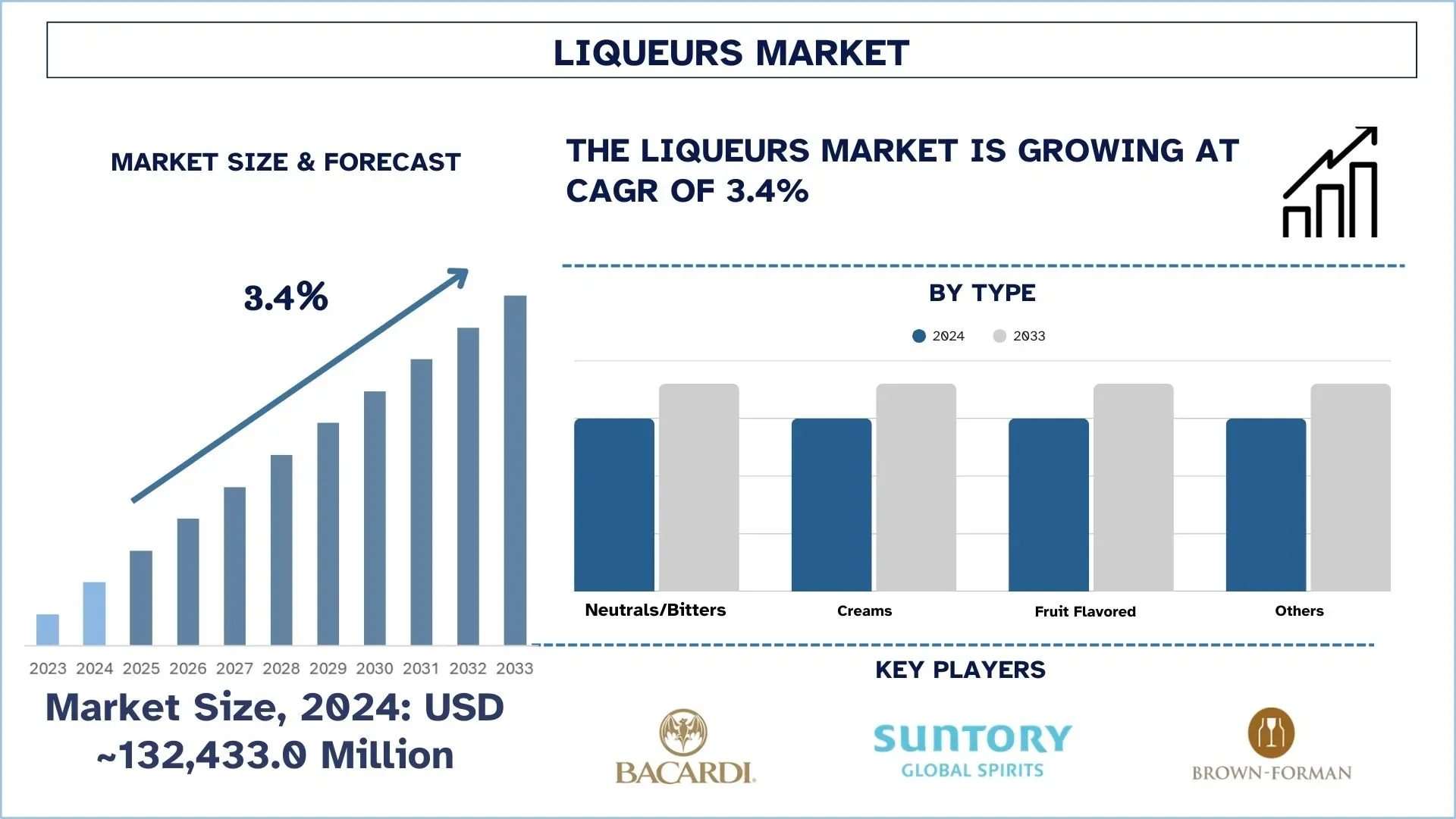Market Forecast and Investment Opportunities in Waterborne Acrylic Coatings
The waterborne acrylic coatings industry has witnessed rapid technological innovation over the past decade. Researchers and manufacturers have focused on improving film formation, adhesion, chemical resistance, and overall durability while maintaining environmentally friendly formulations. One of the key breakthroughs has been the development of high-solids acrylic resins, which reduce water content without compromising performance. These resins improve the smoothness, hardness, and chemical resistance of the coatings, making them competitive with solvent-based alternatives.
Another significant innovation is UV-curable waterborne acrylic coatings. These coatings dry rapidly when exposed to UV light, enabling faster production cycles and reduced energy consumption. They offer exceptional scratch resistance and chemical stability, ideal for high-performance industrial applications and decorative finishes. UV technology also minimizes VOC emissions, reinforcing the environmental benefits of waterborne coatings.
Nanotechnology has also contributed to performance improvements. Incorporating nanoparticles such as silica, alumina, or titanium dioxide into waterborne acrylic formulations enhances hardness, abrasion resistance, and UV protection. This allows coatings to maintain their aesthetic appeal and protective properties even under extreme environmental conditions. In addition, advances in polymer chemistry have led to waterborne acrylics with enhanced flexibility, enabling them to expand and contract with substrates without cracking.
Manufacturers have also focused on smart coatings—formulations that respond to external stimuli. For example, waterborne acrylic coatings with self-cleaning or anti-microbial properties are gaining popularity in healthcare, food processing, and public infrastructure applications. These coatings not only protect surfaces but also improve hygiene and reduce maintenance costs.
Application technology has evolved alongside material innovation. High-efficiency spraying systems, roll-to-roll coating processes, and electrostatic application methods ensure uniform coatings while minimizing waste. Modern waterborne acrylics are compatible with these systems, enhancing their adoption in industrial-scale manufacturing processes.
In summary, technological innovations in waterborne acrylic coatings have elevated their performance, environmental sustainability, and application versatility. From high-solids resins to UV-curable and nanoparticle-enhanced formulations, these advancements allow coatings to meet evolving industry requirements while reducing ecological impact. As research continues, we can expect even more specialized and high-performance coatings to emerge, expanding their applications and market potential.







